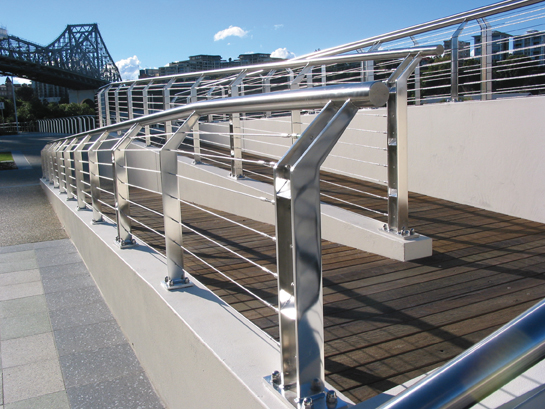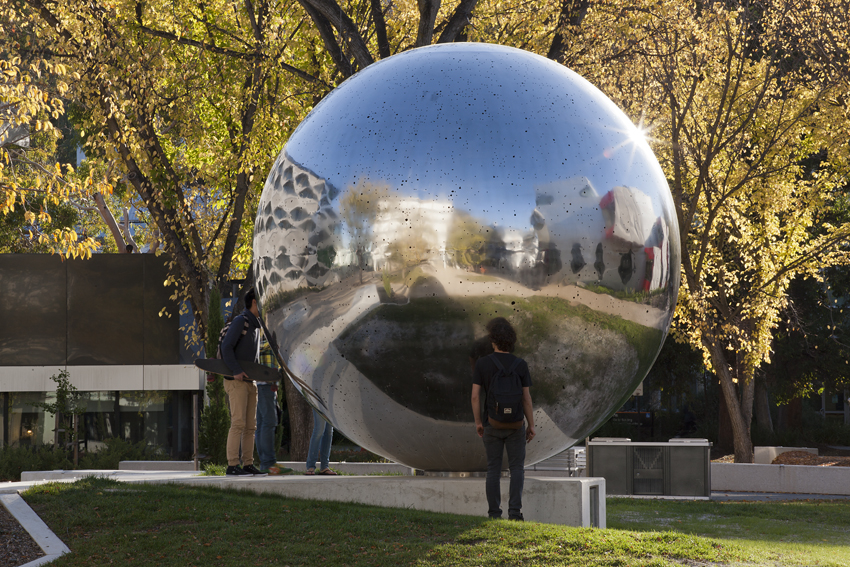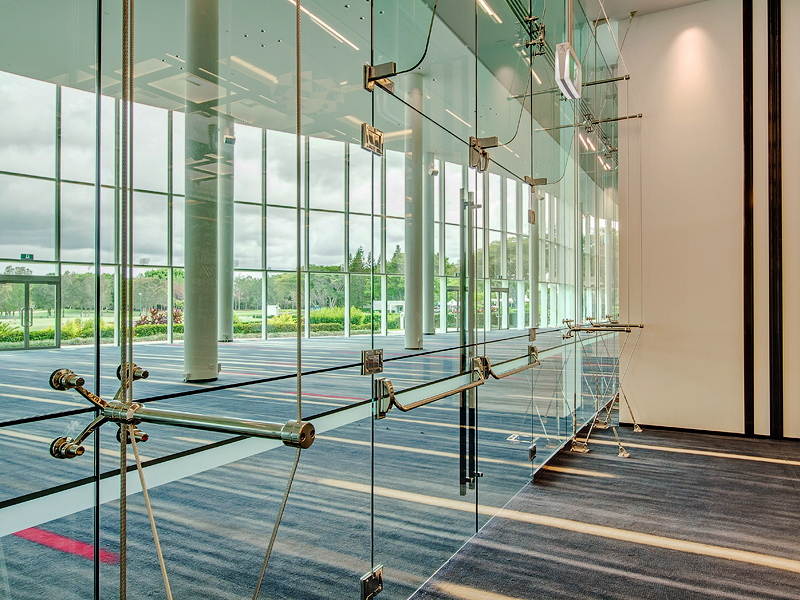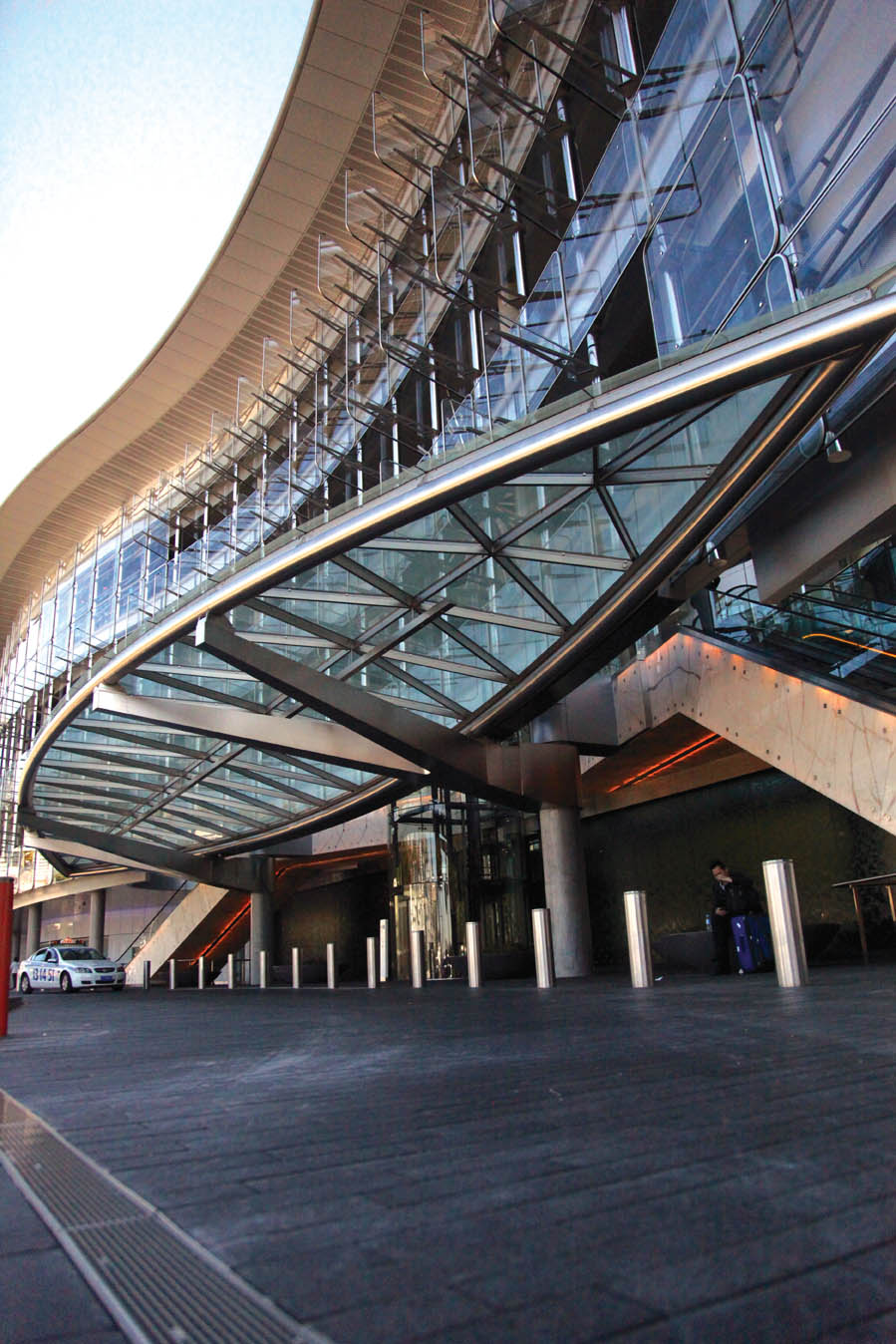Over 17 tonnes of stainless steel has been used for the upgrade of a premier meat processing plant to support the growing local and global demands of Australian red meat supply.
The Australian Lamb Company (ALC) currently exports lamb to more than 60 countries worldwide, and recently secured a 10-year contract to process lamb for Coles supermarkets in eastern Australia.
ALC’s multi-million dollar investment to support demand and increase production capacity included the expansion and upgrade of its meat processing operation in Colac, Victoria.
ASSDA Member and Accredited Fabricator Stainless Steel Associated Fabricators (SSAF) Australia was engaged to design, manufacture












 The 4 metre diameter, mirror-polished stainless steel sphere (called UNA), which sits in the science precinct at ANU, is so much more than first meets the eye. Designed by UK artist Wolfgang Buttress, UNA features 9,100 laser-cut perforations, which were mapped in collaboration with ANU astrophysicist Dr Daniel Bayliss.
The 4 metre diameter, mirror-polished stainless steel sphere (called UNA), which sits in the science precinct at ANU, is so much more than first meets the eye. Designed by UK artist Wolfgang Buttress, UNA features 9,100 laser-cut perforations, which were mapped in collaboration with ANU astrophysicist Dr Daniel Bayliss.


 shment is a 55 metre long and 5 metre high floor-to-ceiling glass wall anchored and framed by nearly a tonne of stainless steel wire rope and fittings. The wall ensures an impressive visual impact, as well as enabling a flood of natural light, a stunning view, and flexible exhibition options.
shment is a 55 metre long and 5 metre high floor-to-ceiling glass wall anchored and framed by nearly a tonne of stainless steel wire rope and fittings. The wall ensures an impressive visual impact, as well as enabling a flood of natural light, a stunning view, and flexible exhibition options.




 20mm and
20mm and